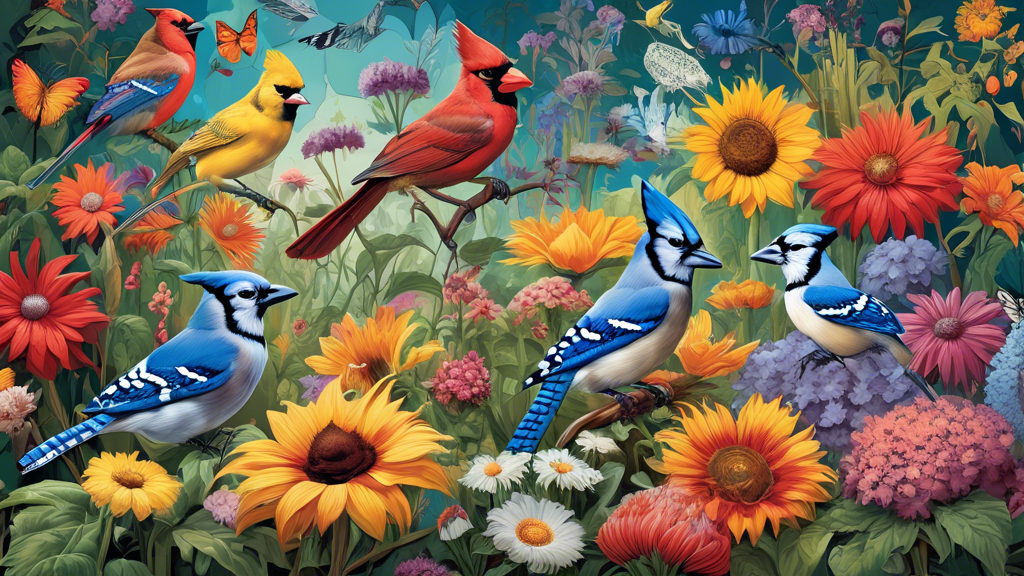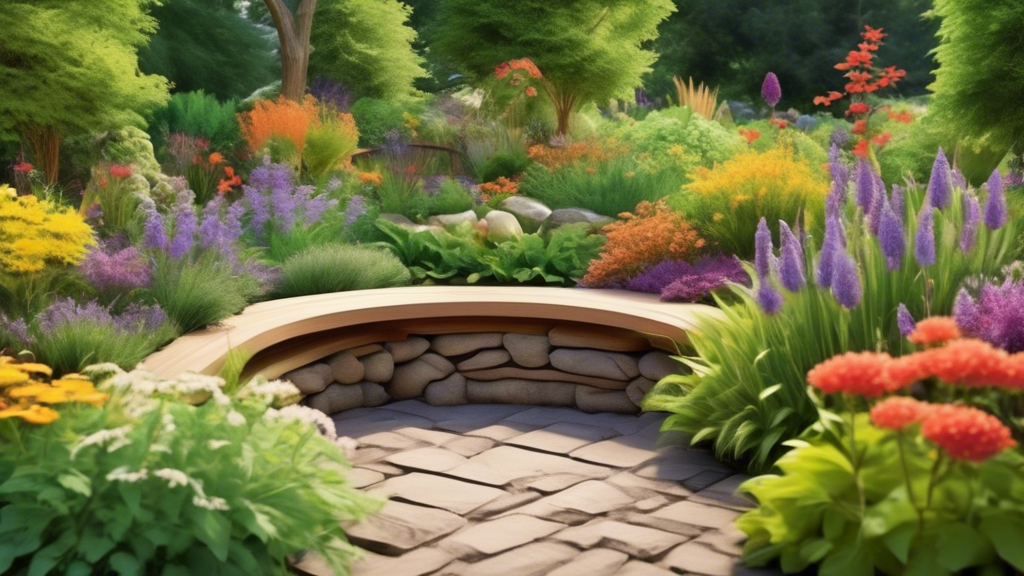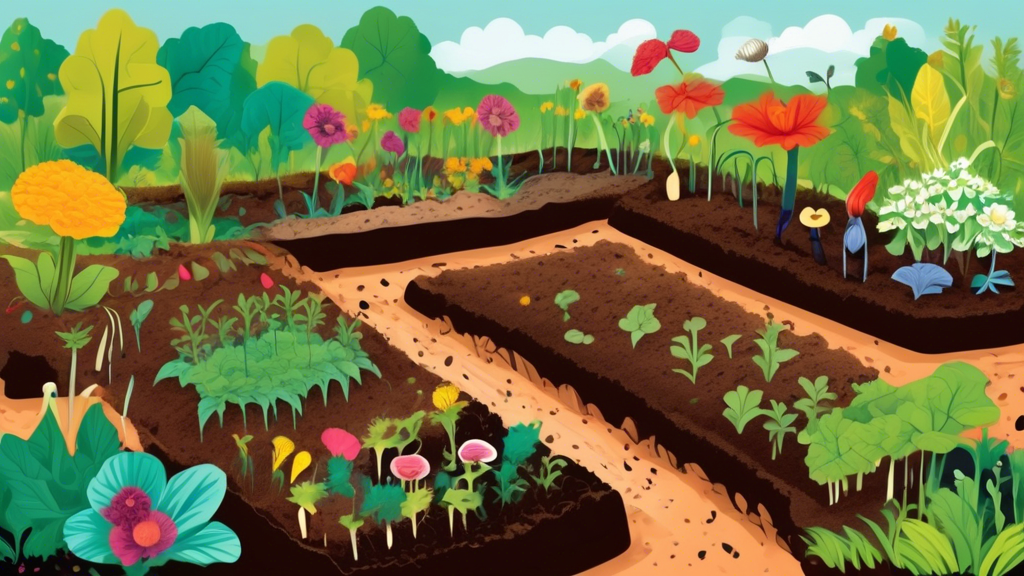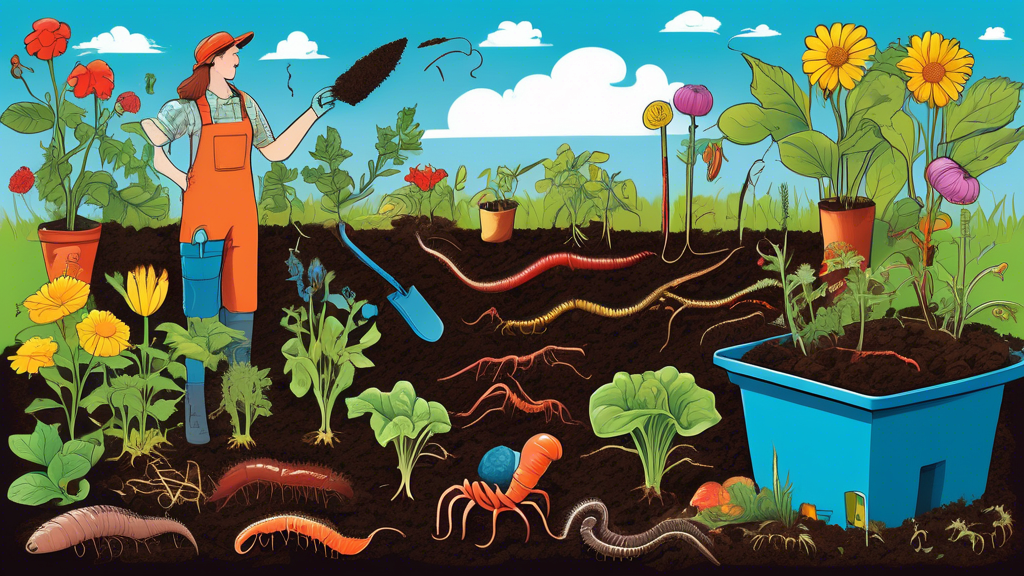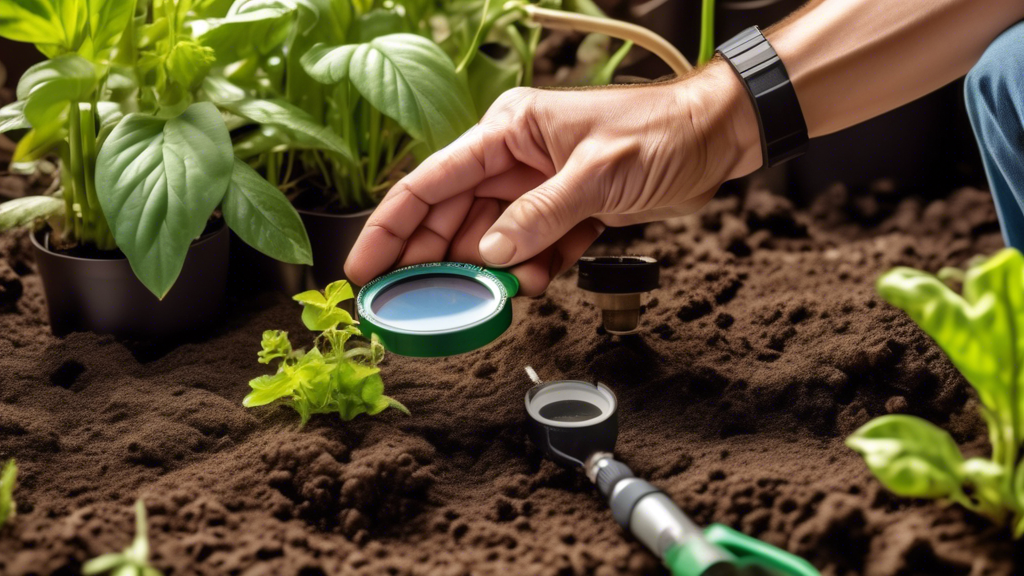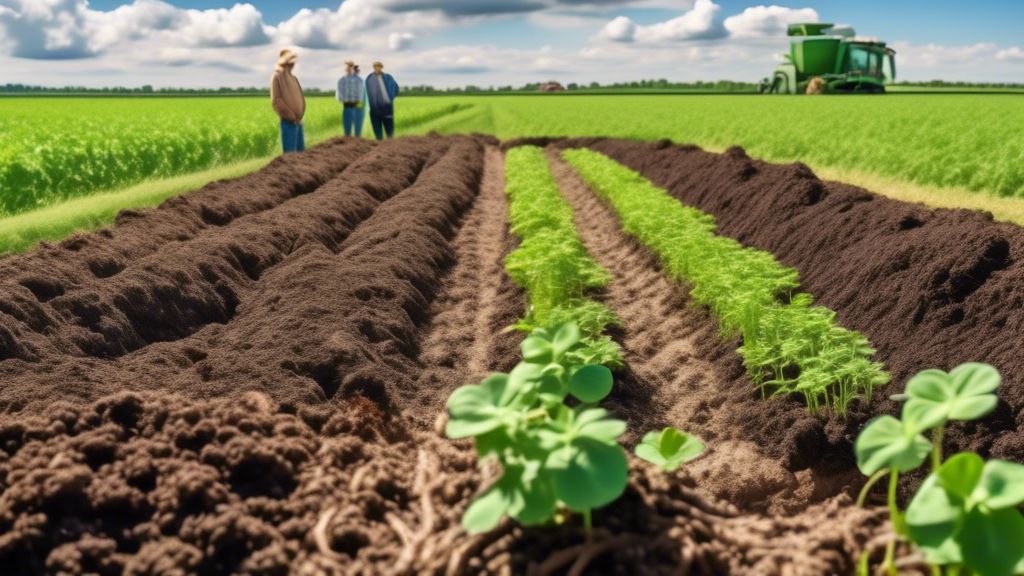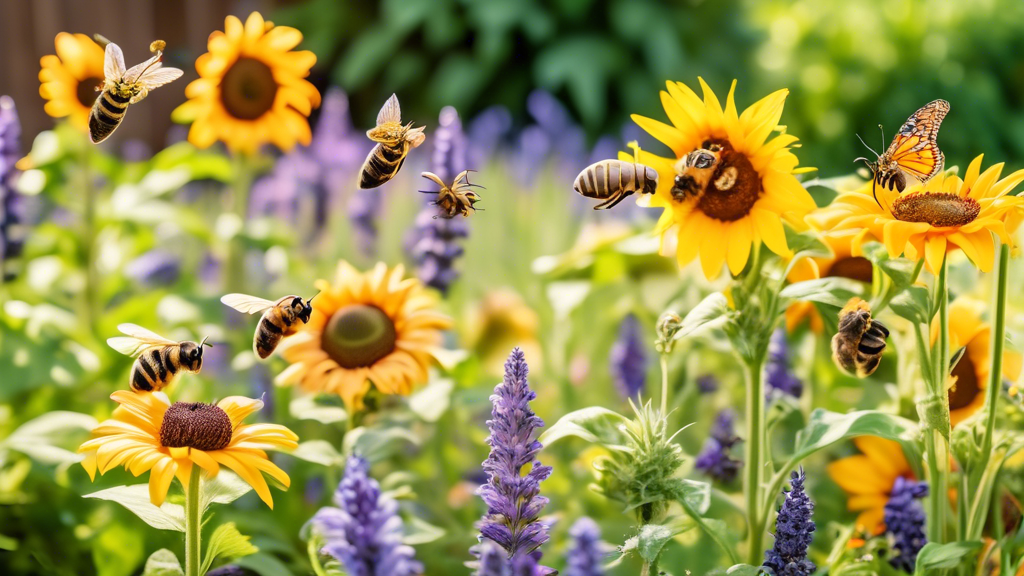
Why Your Garden Needs Beneficial Insects
Beyond Honeybees: Meet the Unsung Heroes
While honeybees get most of the attention, your garden thrives thanks to a diverse crew of beneficial insects. This includes efficient pollinators like mason bees and hoverflies, as well as predatory insects like ladybugs and lacewings that naturally control pest populations.
The Challenges of a Sterile Garden
A garden lacking beneficial insects faces several common issues:
- Poor Pollination: This leads to disappointing yields for crops like tomatoes, squash, and berries that rely on insect pollination.
- Pest Infestations: Without natural predators, populations of aphids, mites, and other pests can explode.
- High Maintenance: You may find yourself constantly battling pests manually or resorting to chemical solutions.
- Lack of Biodiversity: The garden ecosystem becomes less resilient and vibrant.
Planning Your DIY Pollinator Garden Project
Location, Location, Location: Sun, Soil, and Shelter
Choosing the right spot is crucial. Most pollinators prefer areas with full sun. Also, consider providing windbreaks and some areas of bare ground, which are essential for many native bee species to nest.
The Secret to Success: Sequential Blooming
A common oversight is planting for a single season of color. Pollinators need a consistent food source from early spring to late fall. The key is to select plants that bloom in succession throughout the growing season.
| Season | Plant Examples |
|---|---|
| Spring | Crocus, Lupine |
| Summer | Coneflower, Bee Balm |
| Fall | Goldenrod, Sedum |
Easy DIY Pollinator Garden Projects for Any Space
Project 1: The “Pollinator Pot” Container Garden
Ideal for balconies and patios. Simply choose a large container, fill it with quality potting soil, and plant a mix of 3-5 pollinator-friendly plants like Lantana, Salvia, and flowering herbs.
Project 2: Transform a Lawn Corner into a Pollinator Patch
An easy project for gardeners with a yard. Smother a section of grass with cardboard, then plant native perennials and add a layer of mulch to create a low-maintenance habitat.
Project 3: Build a Simple “Bug Hotel”
Attract solitary bees and other beneficial insects by building a bug hotel. You’ll need a wooden frame filled with natural materials like bamboo canes, pinecones, and logs with drilled holes.
The “Lazy Gardener” Hack: The Pollinator Puddle
Butterflies and bees need to drink but can’t access deep water sources. Create a simple “puddle” by filling a shallow pan with sand, adding a few stones for landing spots, and keeping the sand moist with water. This provides essential minerals and hydration.
Native Plants vs. Non-Native Cultivars: What’s Best for Pollinators?
The Case for “Nativars” and Reliable Exotics
While native plants are typically the best and most specialized food source, some cultivated varieties of natives (“nativars”) and non-invasive exotics can also provide valuable resources.
The Potential Problem with “Double-Flowered” Cultivars
Be wary of highly bred, “double-flowered” plants. In many cases, the plant’s nectar and pollen-producing parts have been replaced by extra petals, rendering the flower useless to pollinators. Always opt for “single-flowered” varieties when possible.
Beyond Flowers: Essential Elements for a Thriving Habitat
Leave the Leaves! Rethinking Garden “Clean-Up”
Fallen leaves and dead plant stems are not just debris; they provide crucial overwintering habitat for the caterpillars of many butterflies and the pupae of native bees. A less tidy garden is a more life-filled one.
Commit to a Pesticide-Free Zone
Pesticides, including some systemic types like neonicotinoids, can be harmful to the very insects you’re trying to attract. Embrace Integrated Pest Management (IPM) strategies that work with nature, not against it.
Frequently Asked Questions (FAQs) About DIY Pollinator Gardens
I have a small balcony. Can I still help?
Absolutely! Even a single container, like the “Pollinator Pot,” can provide vital resources. Every flower counts in creating a network of habitats.
What are the top 5 easiest plants to start with?
For foolproof success, start with Sunflowers, Borage, Lavender, Coneflower (Echinacea), and Mint (be sure to plant mint in a container to control its spread).
How long until I see bees and butterflies in my new garden?
If you provide the resources, they will come! Pollinators are excellent scouts and can discover a new nectar source within a few days.
I’m afraid of being stung. Is this a risk?
The vast majority of native bees are solitary and non-aggressive. They are focused on foraging for pollen and nectar and have no interest in stinging people. It’s important to distinguish these gentle pollinators from social wasps or hornets.
